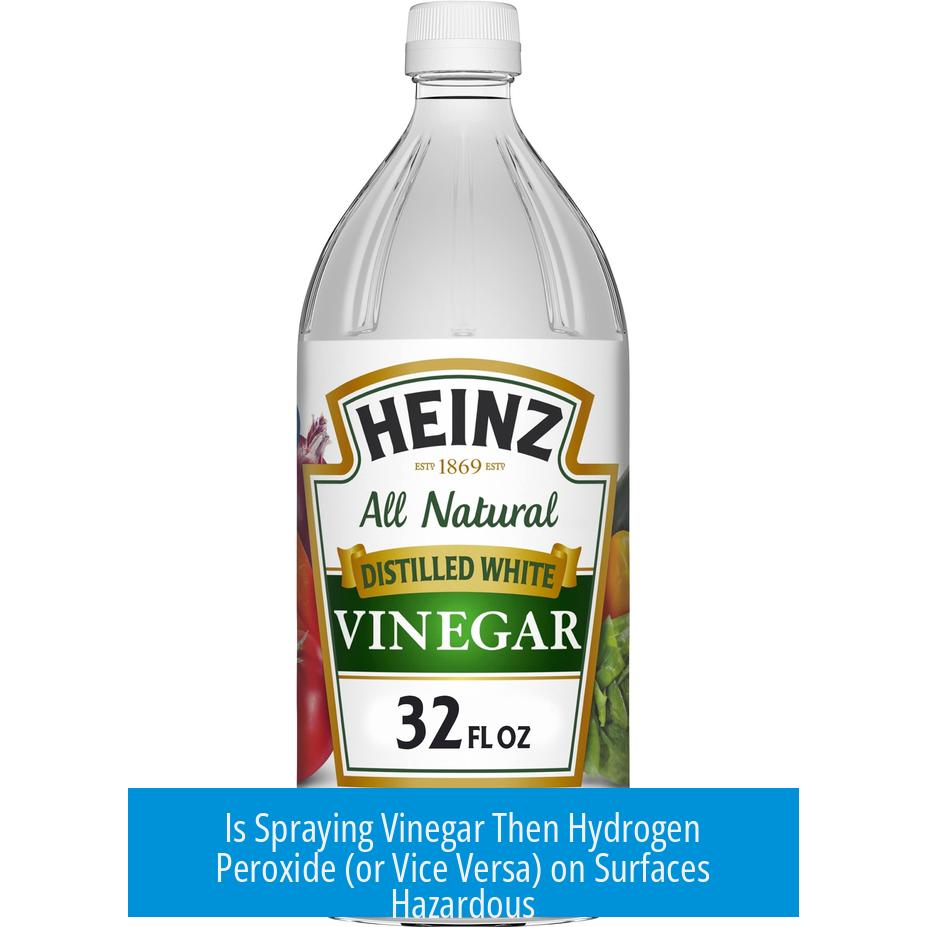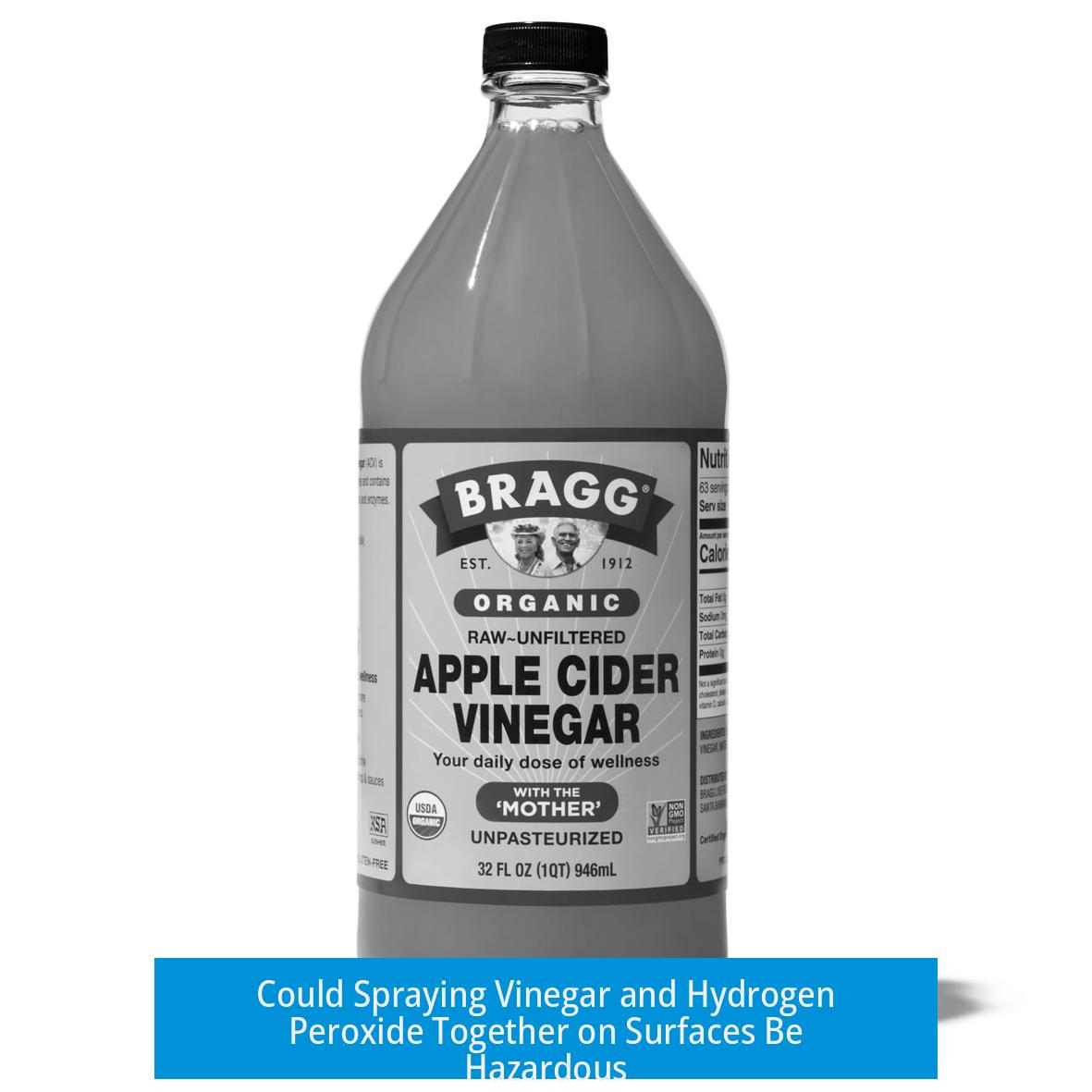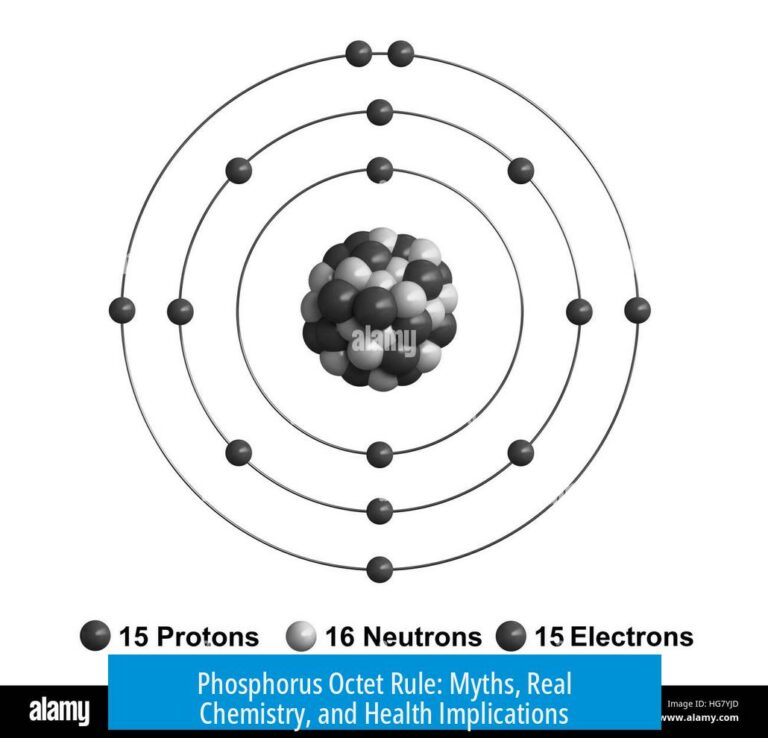Is Spraying Vinegar Then Hydrogen Peroxide (or Vice Versa) on Surfaces Hazardous?

Spraying vinegar first followed by hydrogen peroxide, or the reverse, is generally not hazardous under typical household conditions. Both substances are mild, water-soluble, and used in diluted forms (usually 5% acetic acid for vinegar and up to 6% for hydrogen peroxide). The possible formation of peracetic acid, a stronger oxidizer, is minimal without specific conditions like strong acid catalysts and higher concentrations.
Potential Chemical Reaction and Hazards
Vinegar contains acetic acid, and hydrogen peroxide is an oxidizer. When combined, they can theoretically form peracetic acid. However:
- Typical household concentrations are too dilute to produce significant peracetic acid.
- The reaction requires strong acid catalysts and specific ratios that are usually not met in casual spraying.
- Peracetic acid can cause burns similar to hydrogen peroxide if concentrated, but diluted mixtures used in cleaning tend to be safe.
Care should be taken not to handle concentrated solutions with bare skin to avoid irritation.
Cleaning Mechanisms of Vinegar and Hydrogen Peroxide
Both chemicals contribute to cleaning differently:
- Vinegar: Lowers pH and chelates metal salts, effectively removing hard water stains and soap scum.
- Hydrogen peroxide: Acts as an oxidizing agent, breaking down organic stains and killing some microbes on surfaces.
Using them sequentially can enhance cleaning by combining acid effects and oxidation but is not necessarily superior to soap and water.
Safety Considerations and Usage Recommendations
- Both substances are mild and can be rinsed off easily.
- Small residual amounts on surfaces pose minimal risk and are generally safe on food-contact areas.
- The chemical odor is noticeable but not harmful at household dilutions.
For those preferring chemical cleaning, using vinegar and hydrogen peroxide sequentially is acceptable. However, regular soap and water remain more effective for general cleaning.
Key Takeaways
- Household vinegar and hydrogen peroxide sprays are not dangerously hazardous when used sequentially.
- Peracetic acid formation is unlikely at typical concentrations and without strong catalysts.
- Both chemicals clean by different mechanisms and can improve surface cleanliness combined.
- Minor residue presence is safe, even on food-contact surfaces, when diluted.
- Soap and water cleaning remains the safer, more effective option for most purposes.





Leave a Comment